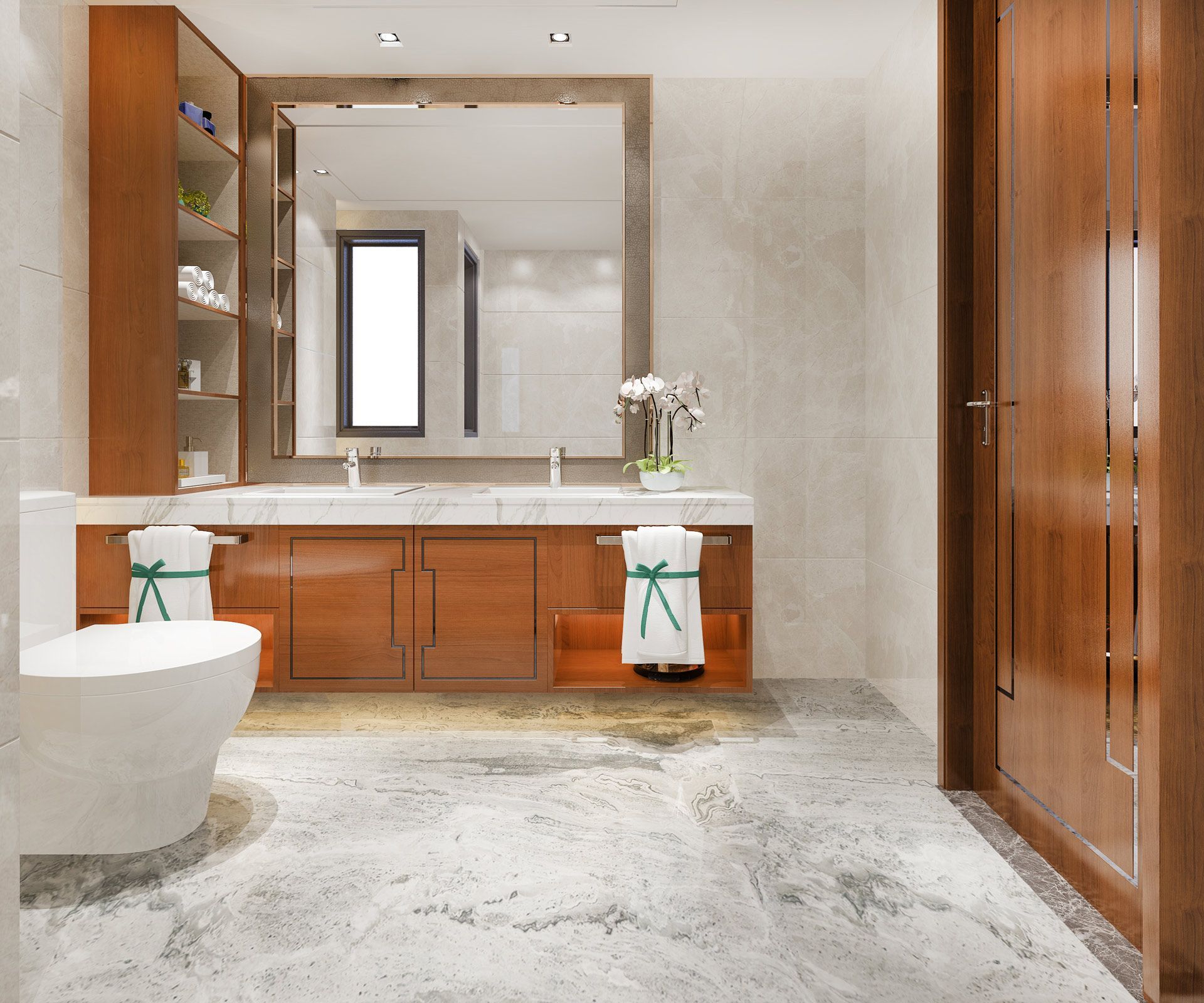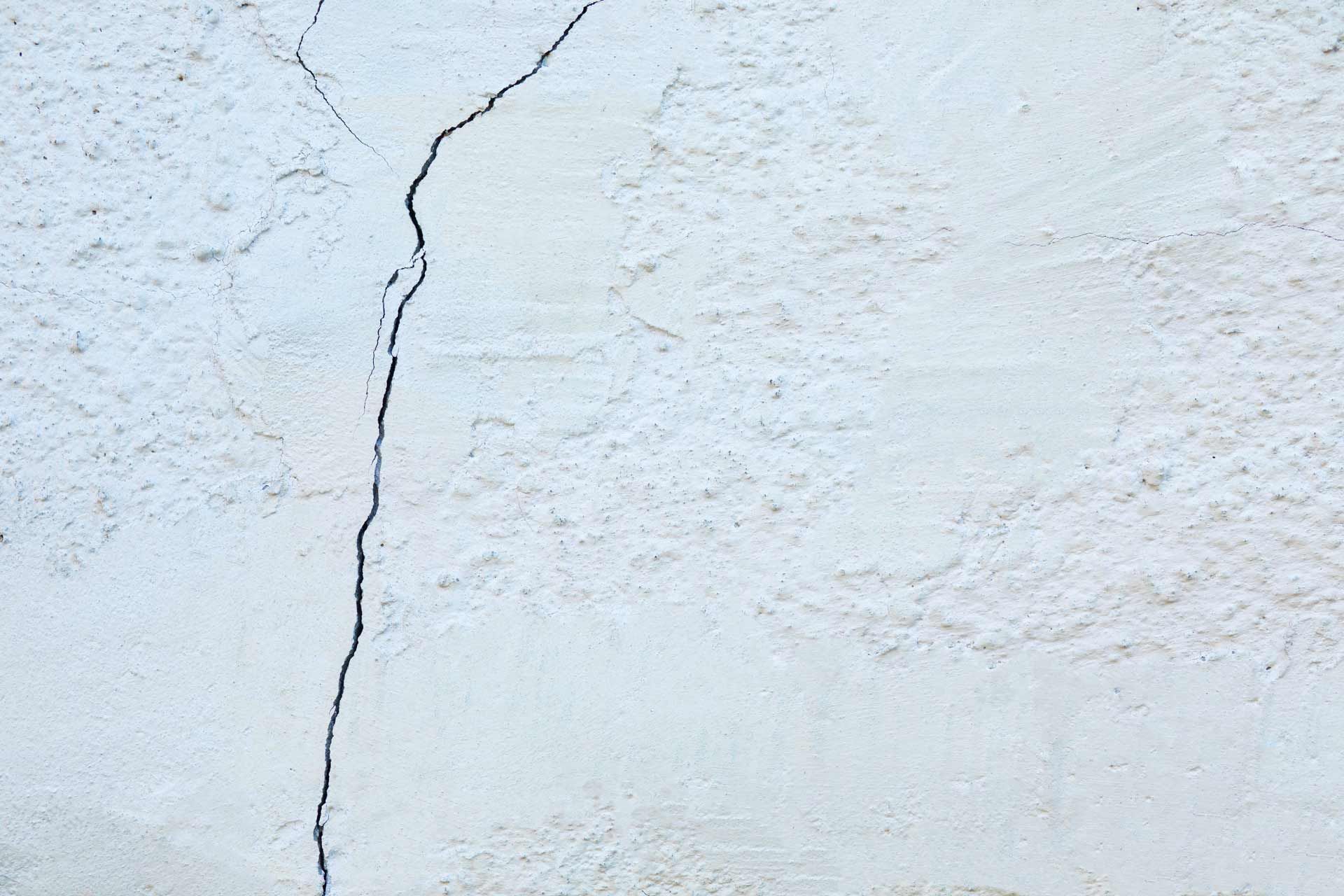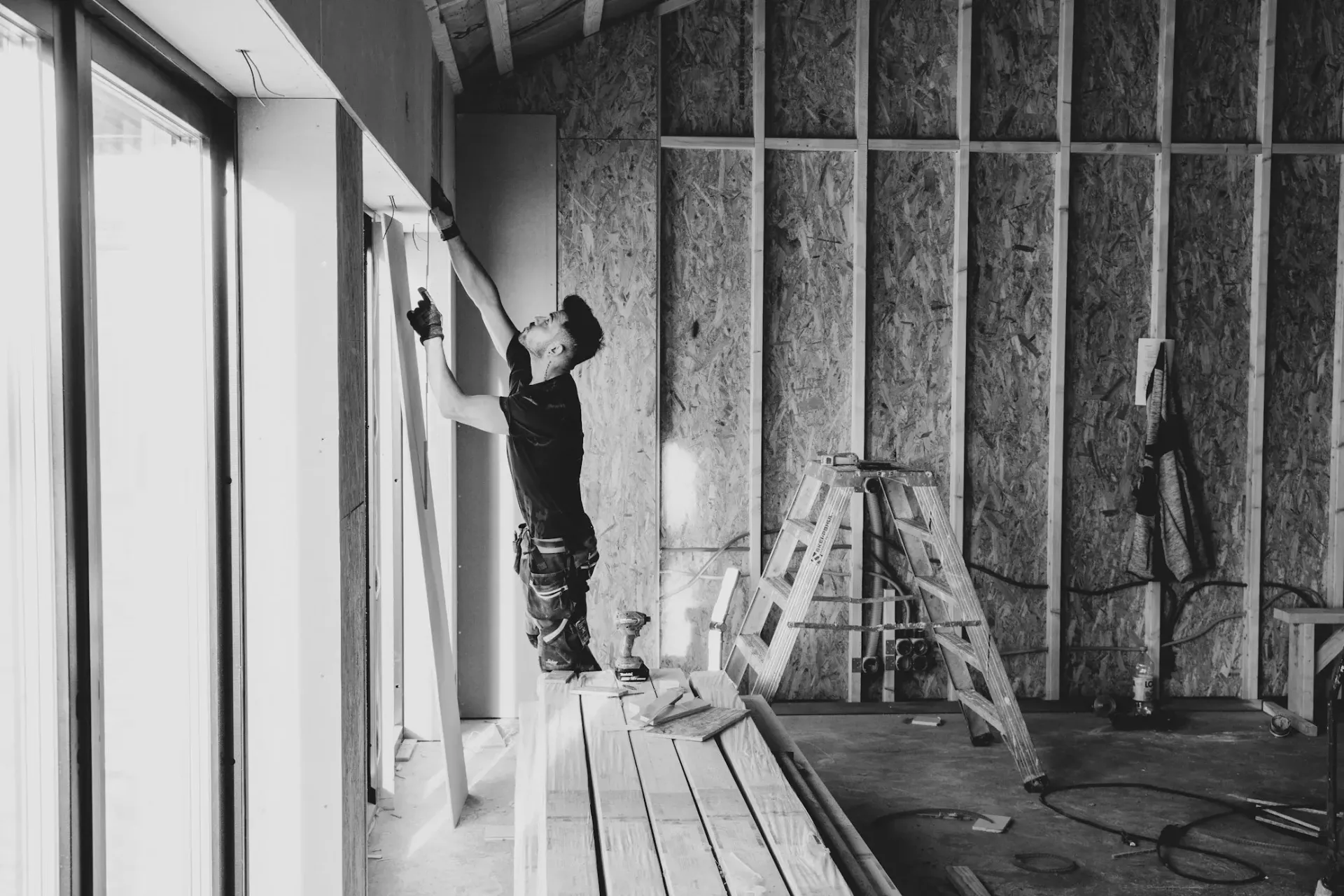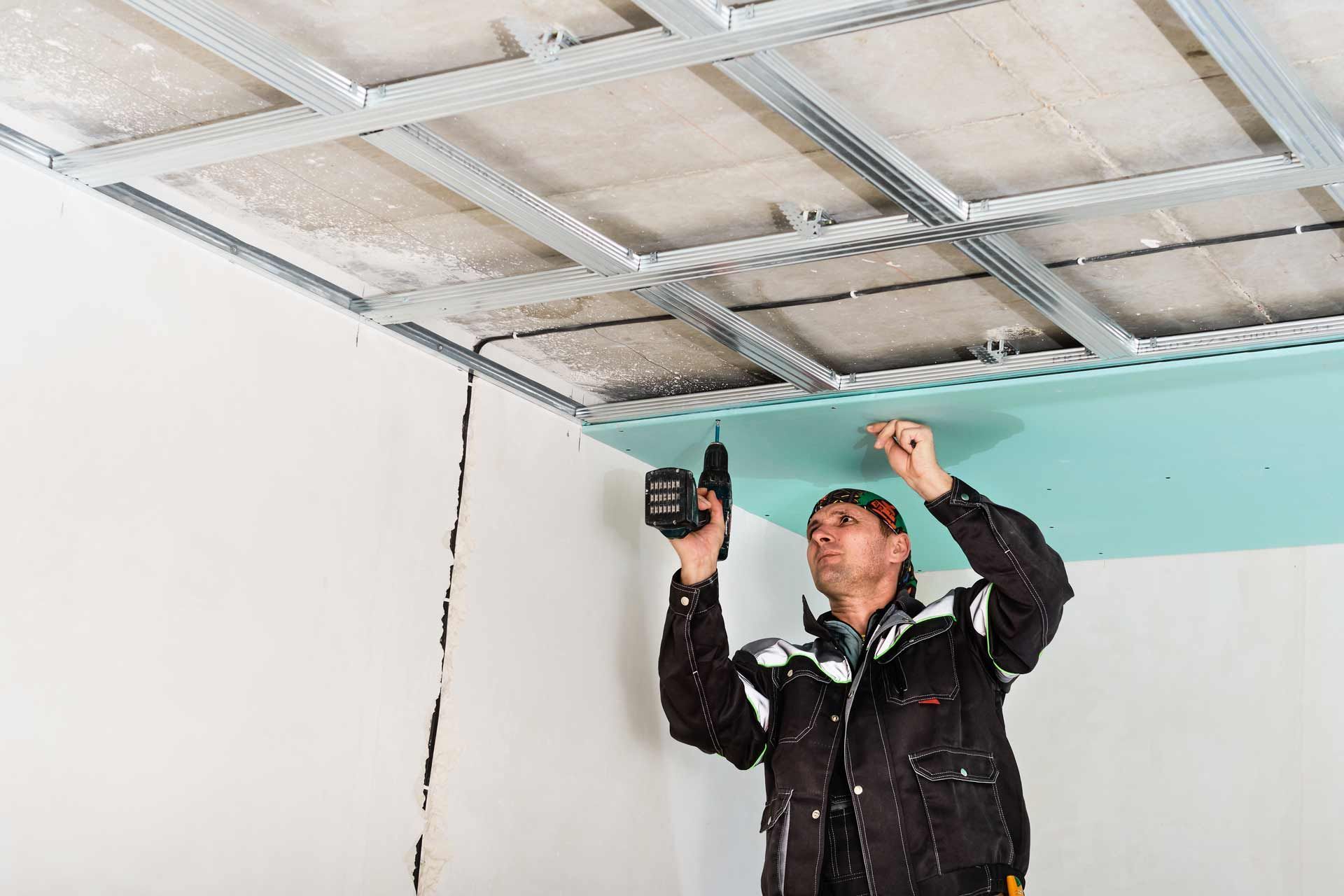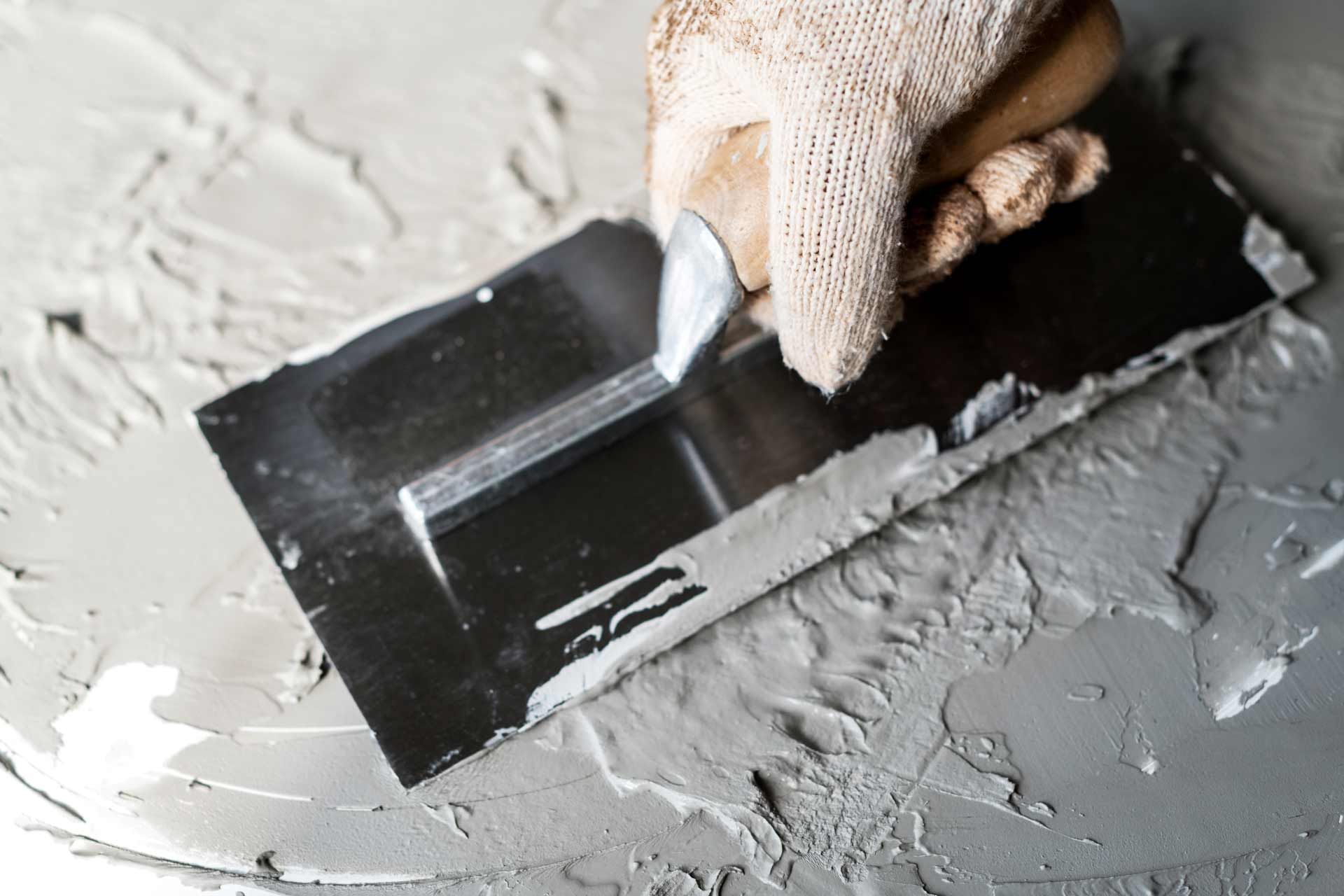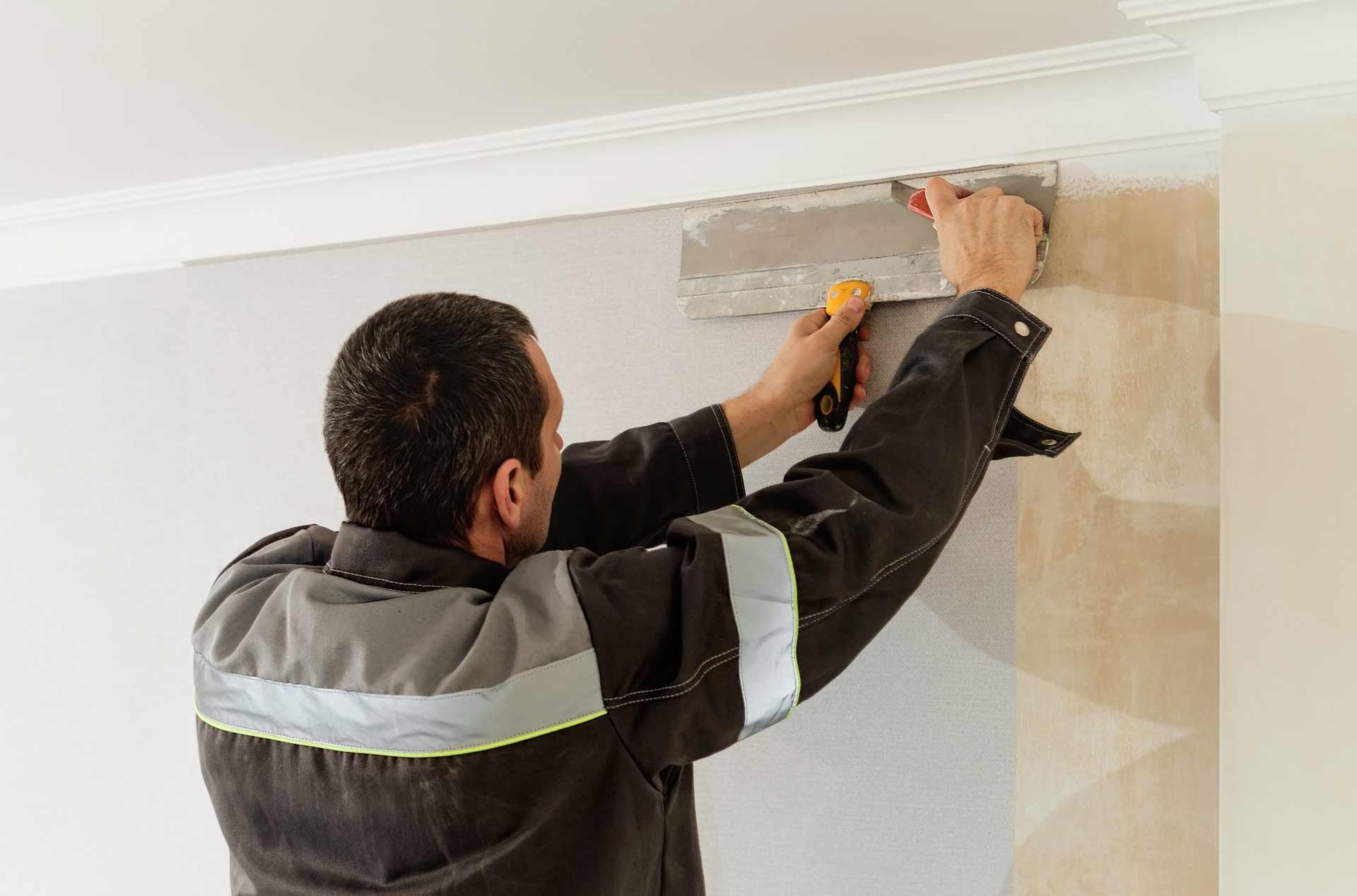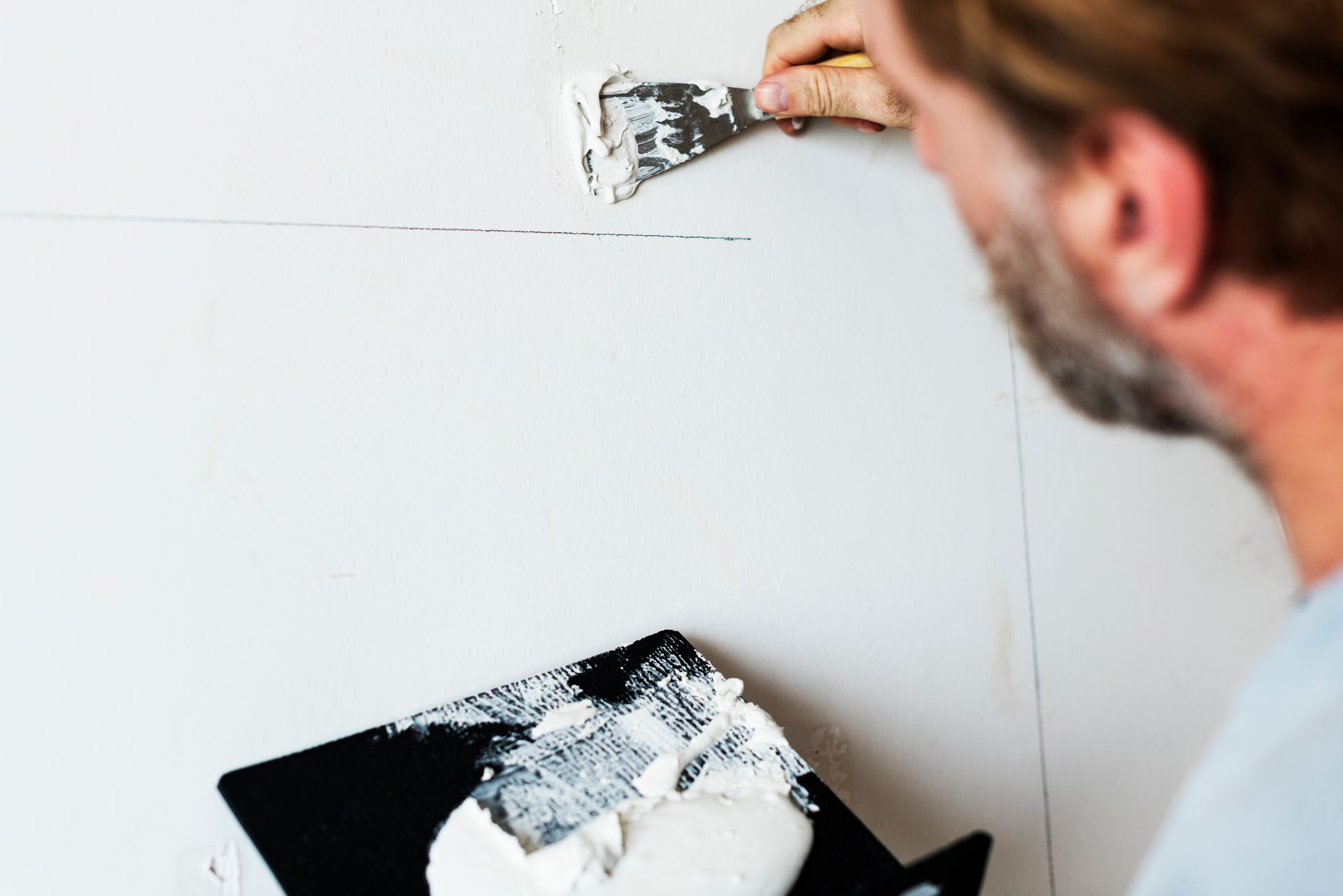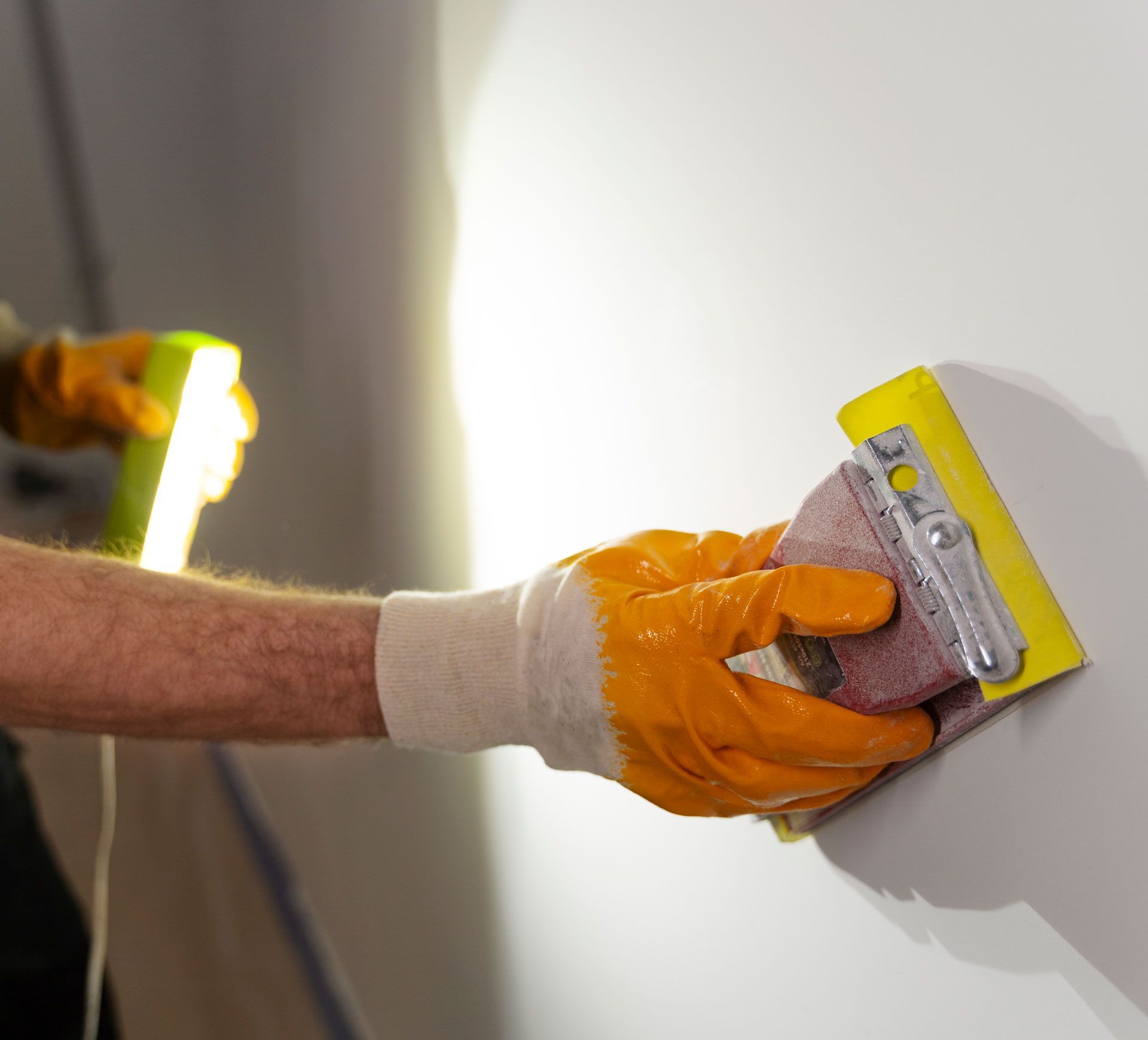
Fixing Drywall Cracks Before They Get Worse
Introduction: Why You Shouldn’t Ignore Drywall Cracks
Drywall cracks may start small, but they can spread quickly if left unaddressed. In some cases, they’re purely cosmetic; in others, they signal underlying issues like settling, humidity changes, or structural stress. Early repair keeps walls looking pristine and prevents larger, more costly fixes down the road.
Common Causes of Drywall Cracks
- Normal Settling – Homes naturally shift over time.
- Temperature & Humidity Fluctuations – Expansion and contraction of materials.
- Improper Installation – Weak joints or insufficient fastening.
- Water Damage – Leaks causing drywall to soften and crack.
- Structural Movement – Foundation shifts or framing issues.
Types of Drywall Cracks and Their Risks
| Crack Type | Likely Cause | Risk Level |
|---|---|---|
| Hairline cracks | Settling or paint shrinkage | Low |
| Diagonal cracks | Structural movement | Medium to high |
| Cracks along seams | Tape failure or poor mudding | Medium |
| Cracks with discoloration | Water damage | High |
Step-by-Step Process for Fixing Drywall Cracks
1. Identify the Cause
Address any underlying issues before repairing the crack.
2. Prepare the Area
Remove loose debris and old tape if necessary.
3. Apply Joint Compound
Fill the crack with compound, embedding tape for added strength.
4. Sand and Smooth
Feather edges for a seamless blend with the surrounding wall.
5. Prime and Paint
Apply primer to prevent flashing, then finish with matching paint.
Average Cost for Drywall Crack Repair
| Crack Size | Typical Cost | Timeframe |
|---|---|---|
| Small hairline crack | $75 – $150 | 1–2 hours |
| Medium seam crack | $150 – $300 | Half day |
| Large or structural crack | $300+ | 1 day or more |
When to Call a Professional
- Cracks wider than 1/8 inch.
- Cracks that return after being repaired.
- Multiple cracks appearing in a short time.
- Cracks accompanied by other signs of structural issues (sticking doors, sloping floors).
Prevention Tips
- Keep indoor humidity consistent year-round.
- Use quality materials and proper taping techniques during installation.
- Repair water leaks immediately.
- Monitor and address foundation concerns early.
FAQs
Q: Can I just fill a crack with caulk?
A: Caulk can be a temporary fix, but joint compound provides a stronger, longer-lasting repair.
Q: Why do cracks keep coming back after I fix them?
A: The underlying cause (e.g., movement, moisture) wasn’t addressed before repair.
Q: Do I need to replace drywall if it’s cracked?
A: Not unless the crack is caused by severe damage or structural failure.
Conclusion & Call to Action
Drywall cracks can be simple to fix — but only if you repair them before they spread. The key is identifying the cause and using proper techniques for a seamless, lasting result.
📞
Contact us today or
Request a Free Estimate for professional drywall crack repair that restores your walls and prevents future problems.


